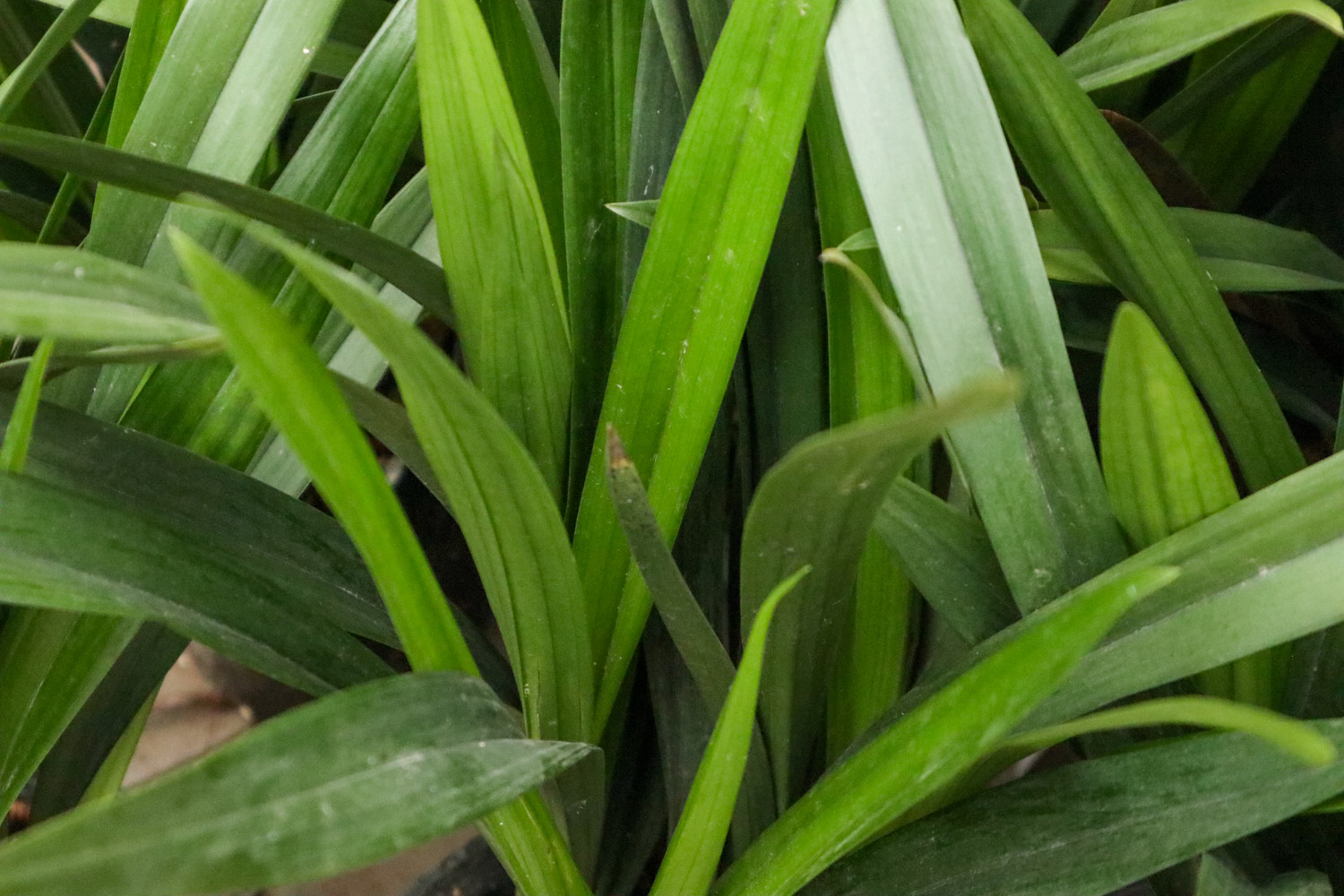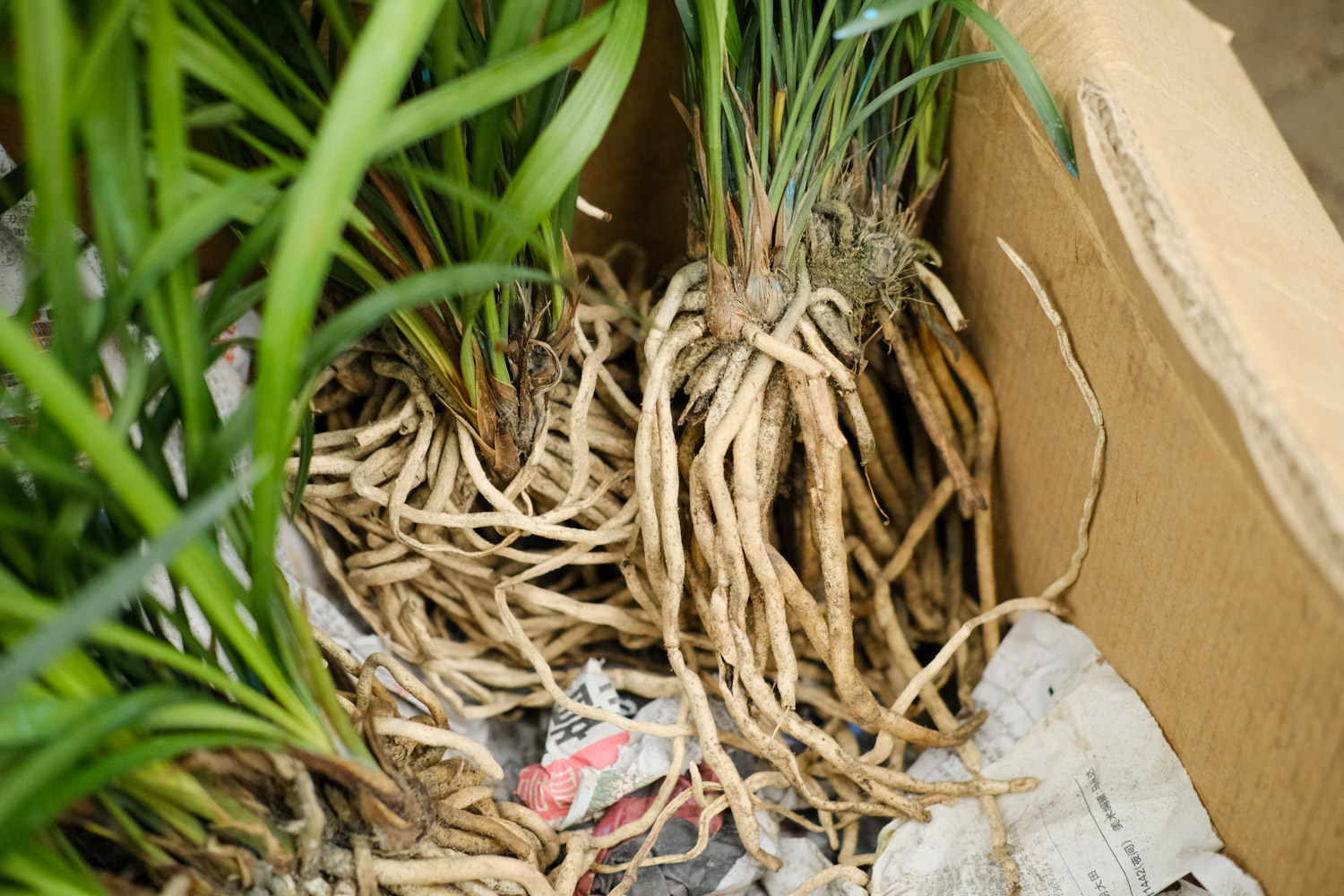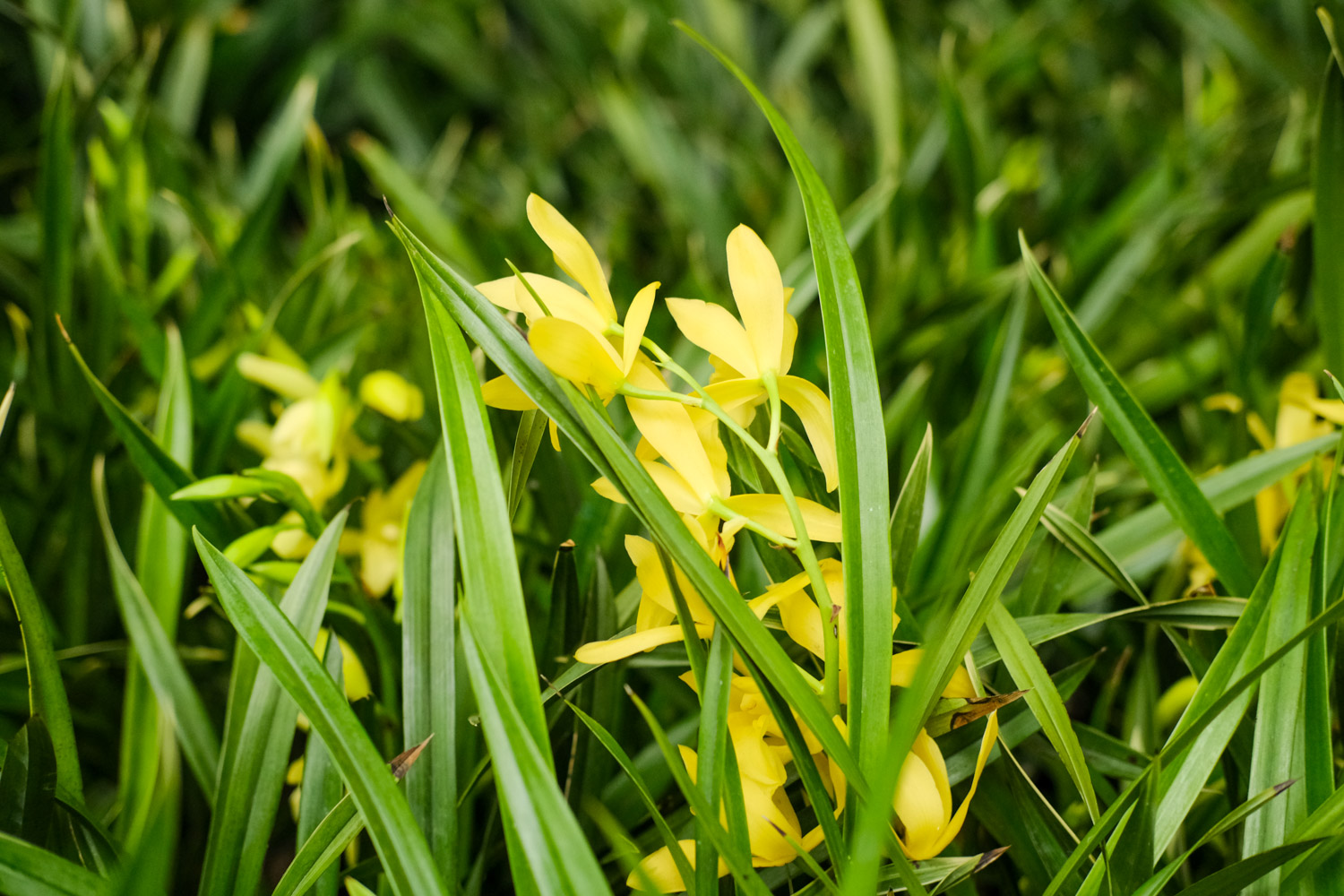1、 Curing method
1. Substrate selection: broccoli will grow well in loose, breathable and well drained acidic soil. It can be planted after mixing soybean residue, animal manure or rotten leaf soil with soil, or add nitrogen fertilizer to increase soil fertility

2. Water management: planting broccoli needs to keep the soil moist, but there is no ponding. It is recommended to water it every 5 to 6 days. When it is dry and does not rain, increase the watering times according to the situation to keep the soil moist. When the rain is heavy, drain frequently to prevent broccoli from getting sick
3. Nutrient management: Mixed Application of nitrogen fertilizer and potassium chloride for two to three times in the rosette stage, phosphorus fertilizer and nitrogen fertilizer are required in the flower ball expansion stage, and boron, molybdenum, magnesium and other trace elements can be sprayed on the foliar fertilizer

4. Light management: broccoli likes to grow in sunny places. Sufficient light can promote the photosynthesis of broccoli, create sufficient nutrients for plants, and make the surface of broccoli greener, more beautiful and beautiful. In summer, when the light is strong, sunshade measures should be taken
2、 Breeding skills
1. Sowing: when sowing broccoli outdoors, dig a 1.3cm pit every 8 to 14cm, then sprinkle a few seeds in the pit, cover it with thin soil, and water it in time after sowing
2. Spend summer: the best growth temperature of broccoli is 14 ℃ to 24 ℃. Too high temperature is not conducive to its growth. In summer, the light is strong and needs shading. After heavy rainfall, timely drain water to prevent it from rotting

3、 Diagnosis and treatment problems
1. Soft rot: it is easy to occur when there is more rain or ponding. Bacteria will enter from the wounds of roots, leaves and other parts, causing the plant to rot gradually. Drainage shall be conducted frequently in summer. When diseases occur, streptotoxin sulfate can be mixed with water and sprayed
2. Pieris rapae: Pieris rapae mainly eats leaves for a living. When the situation is serious, it will eat the whole leaf, and its feces will also affect the sale of broccoli. After discovery, it is recommended to mix green insect fungus No. 6 with water and spray it evenly on the plant

4、 Other issues
1. Toxic: non toxic. Eat the broccoli you bought back as soon as possible. If you can't finish it, it's recommended to blanch water or seal it with plastic wrap
2. Hydroponics: no hydroponics. Broccoli is prone to soft rot when there is more water, so it cannot be hydroponically cultured


 jackfruit
jackfruit snake plant
snake plant hibiscus
hibiscus hydrangea
hydrangea lavender
lavender Green roses climb al...
Green roses climb al... If you don't pay att...
If you don't pay att... Management of four g...
Management of four g...

































